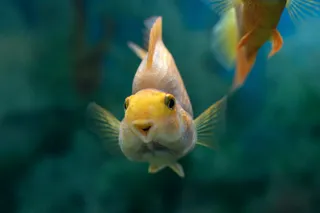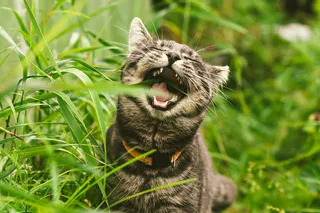The male Japanese rhino beetle wields a huge forked horn on his head. It looks like a jousting weapon, and the male uses it to pry and flip other males off a branch. But it’s also a billboard, a prominent and completely honest advertisement for the male’s quality. The horns are extremely variable. Small males have pathetic nubbins on their heads, while big ones have unfeasibly large prongs that can grow to two-thirds of their body length. Doug Emlen from the University of Montana has found that the growth of the horns is intimately tied into molecules that reflect how well-nourished the beetles are. Not only that, but the horn is more sensitive to these molecules than any other body part. Well-fed beetles may have larger wings and bodies than poorly-fed ones, but they have muchlarger horns. This ornament can’t be faked. It is impossible for a weak beetle to ...
How the rhino beetle got its horn (and why it cannot lie)
Discover the fascinating dynamics of the Japanese rhino beetle's horns, showcasing reliable signaling and extreme growth in male quality advertisement.
ByEd Yong
More on Discover
Stay Curious
SubscribeTo The Magazine
Save up to 40% off the cover price when you subscribe to Discover magazine.
Subscribe












